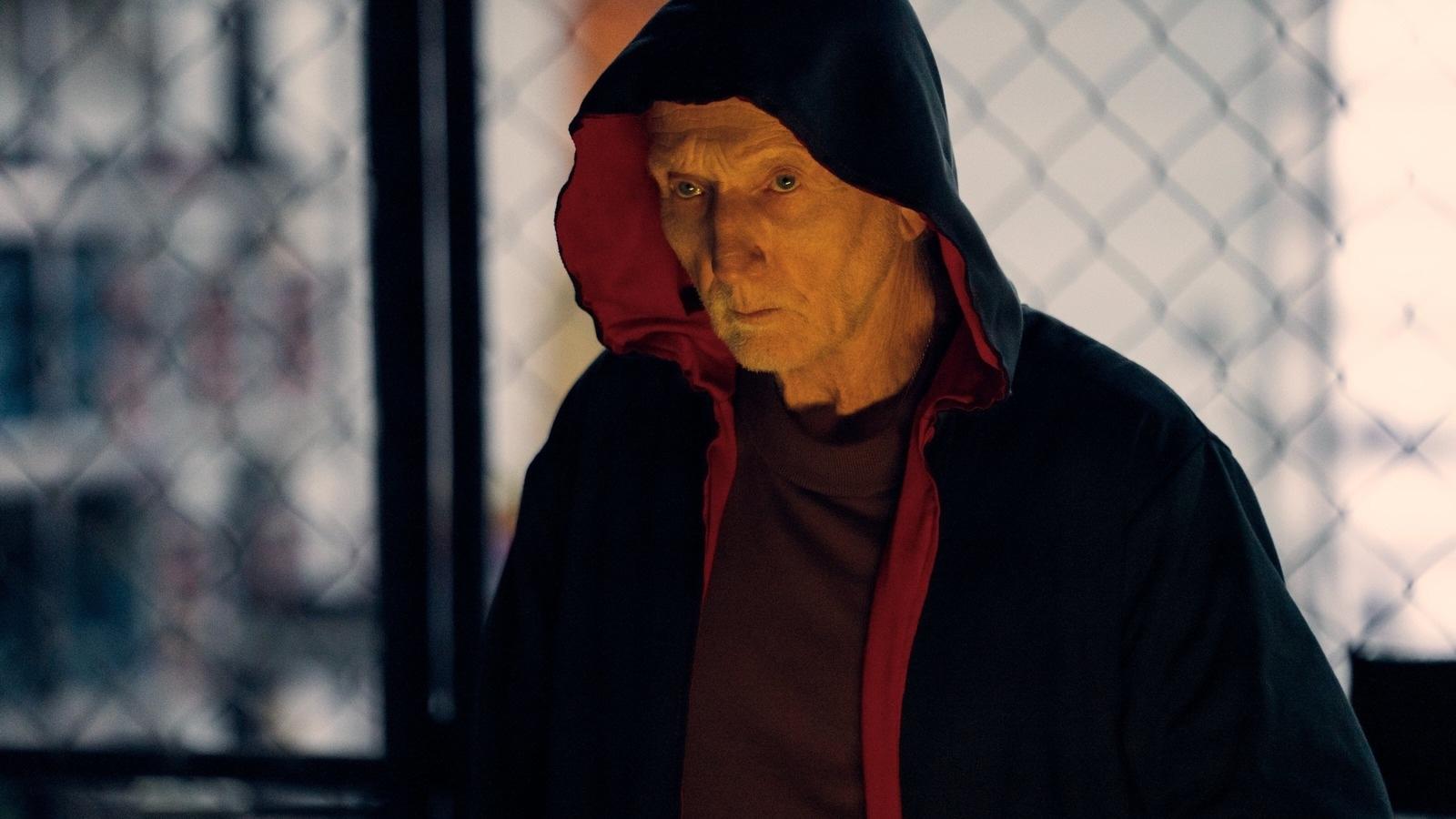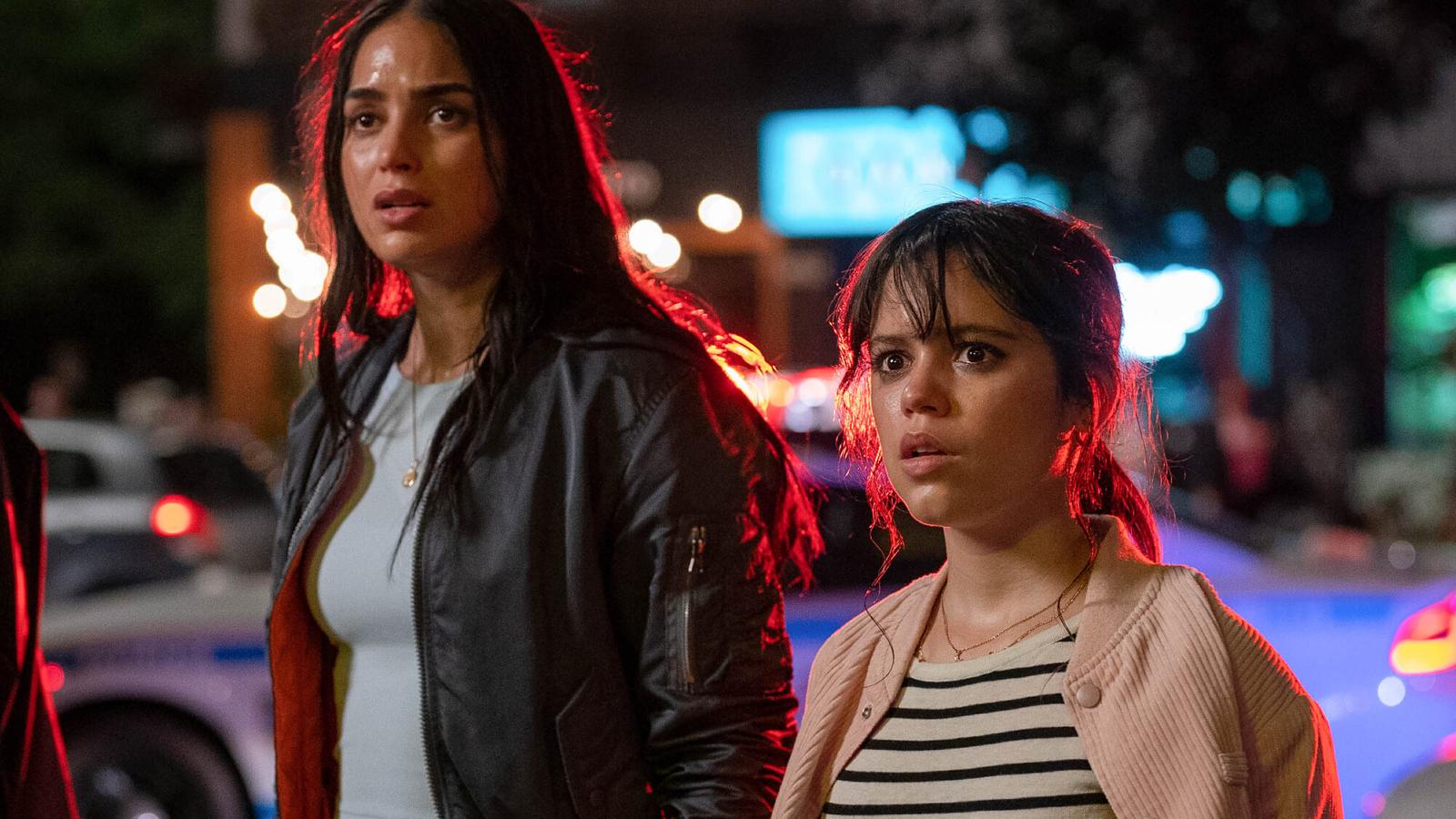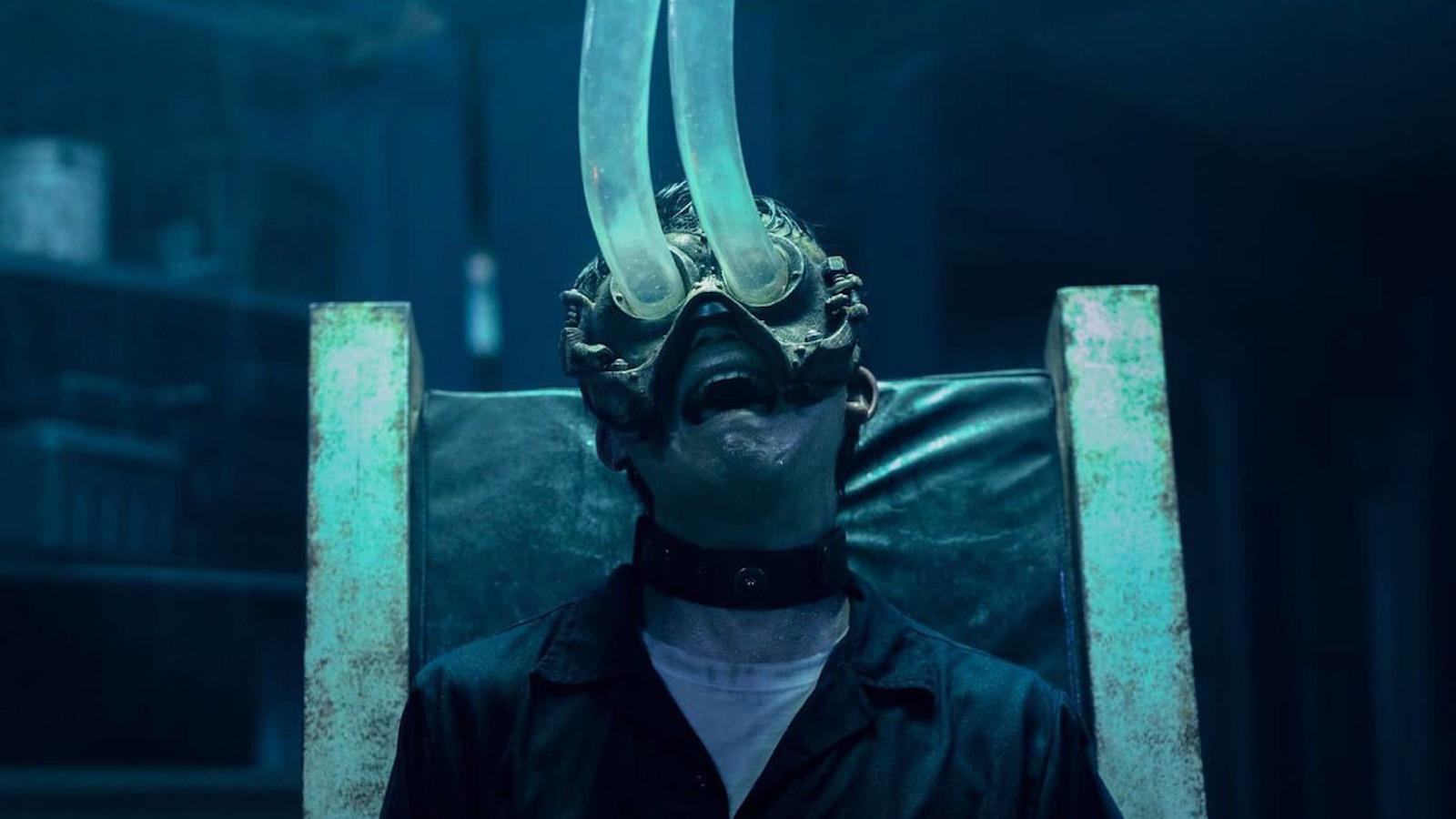10 must-see horror movies that changed the game
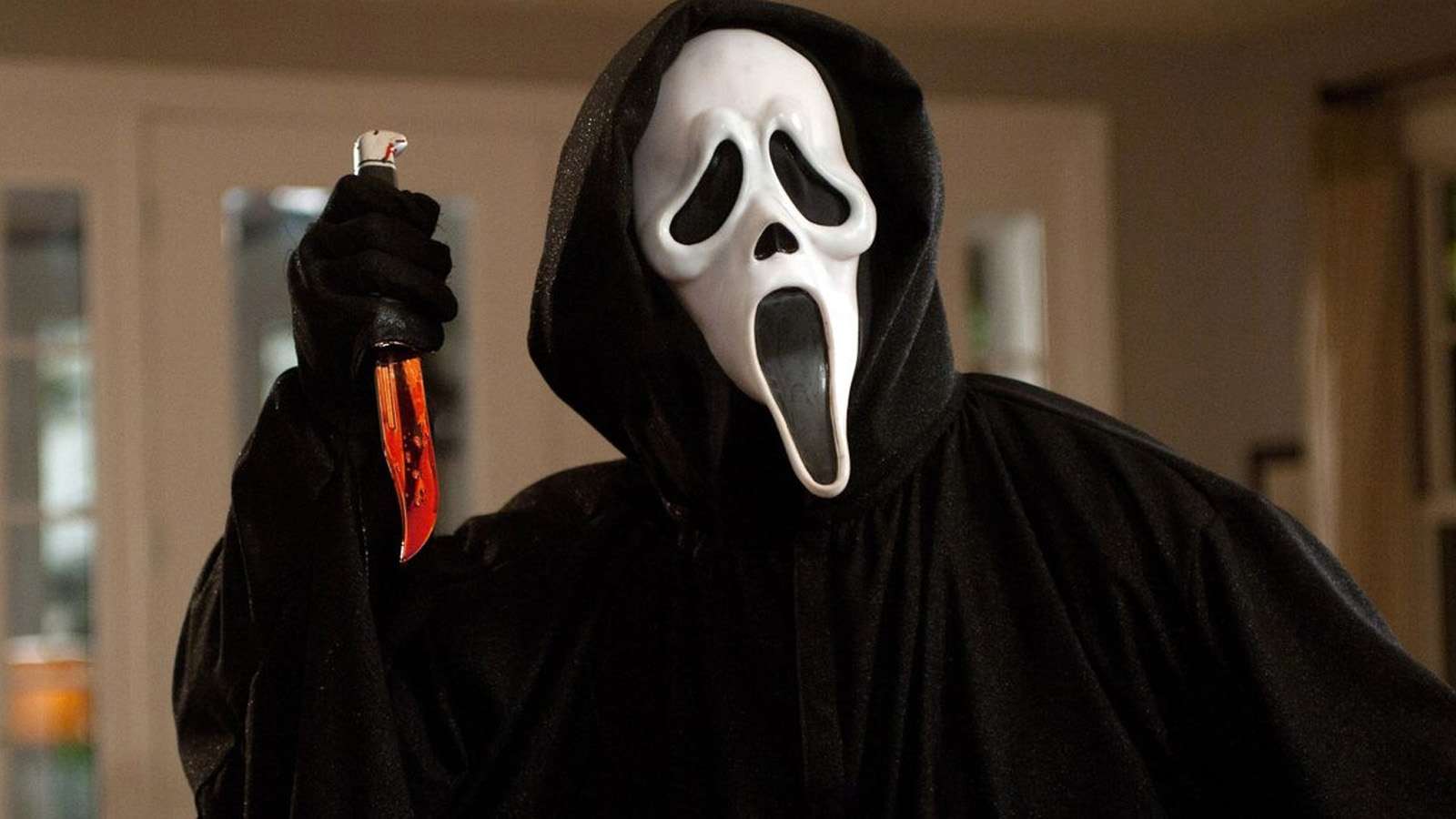 Dimension Films
Dimension FilmsThe horror genre has a single goal in mind: to leave audiences terrified. With new creative takes on the genre, we’re taking a look at the iconic horror films that paved the way.
The horror genre aims to elicit a sense of dread, reflecting society’s deepest fears and throwing them in a meat grinder of visceral terror (sometimes literally).
It’s a genre that has seen many phases throughout the decades, always adapting to the world’s greatest worries and concerns. It resonates with fans due to its ability to tap into their fears and portray them on the big screen.
With the genre constantly innovating new cinematic spectacles and psychoanalyzing the current fears of its audience, here are the 10 most influential horror movies that changed the game (in no particular order).
Psycho
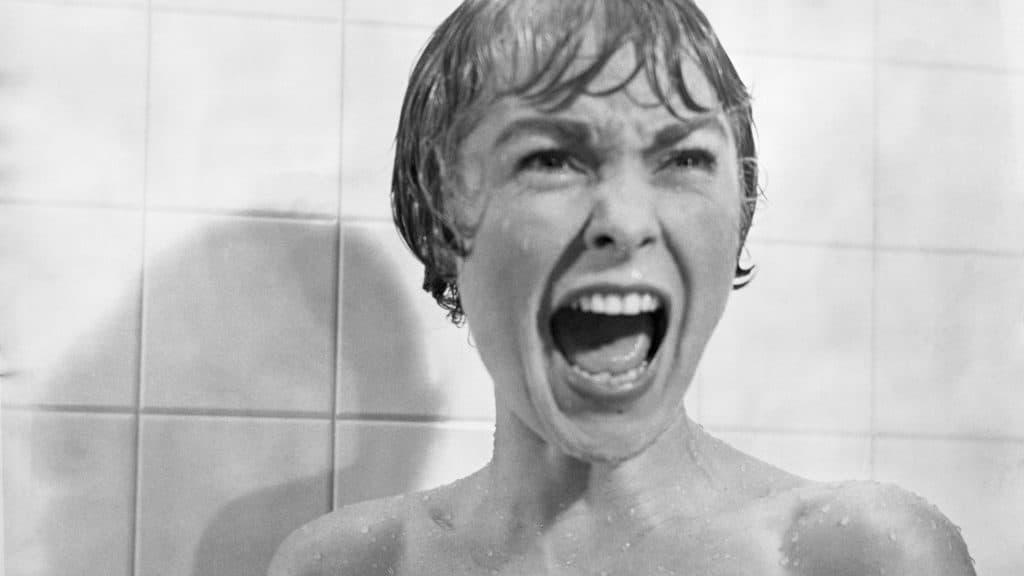 Paramount Pictures
Paramount PicturesIt should be no surprise to see Psycho at the top of this list. Alfred Hitchcock’s 1960 black-and-white film can be seen as the beginning of modern horror, shifting away from its predecessors which largely focused on monsters and mythical creatures — such as Godzilla and Dracula.
Hitchcock incited a new wave of psychological horror, delving into the dangers of an unsuspecting killer and the murderous tendencies of humans. As a result, Norman Bates is an unforgettable horror villain.
The movie also gave rise to horror’s staple pairing of violence and sex, and the iconic shower murder scene is undeniably unforgettable, continuing to be referenced and praised today. The killing of its perceived main character 45 minutes into the film was a shocking twist that has stuck with fans of the genre.
The Texas Chain Saw Massacre
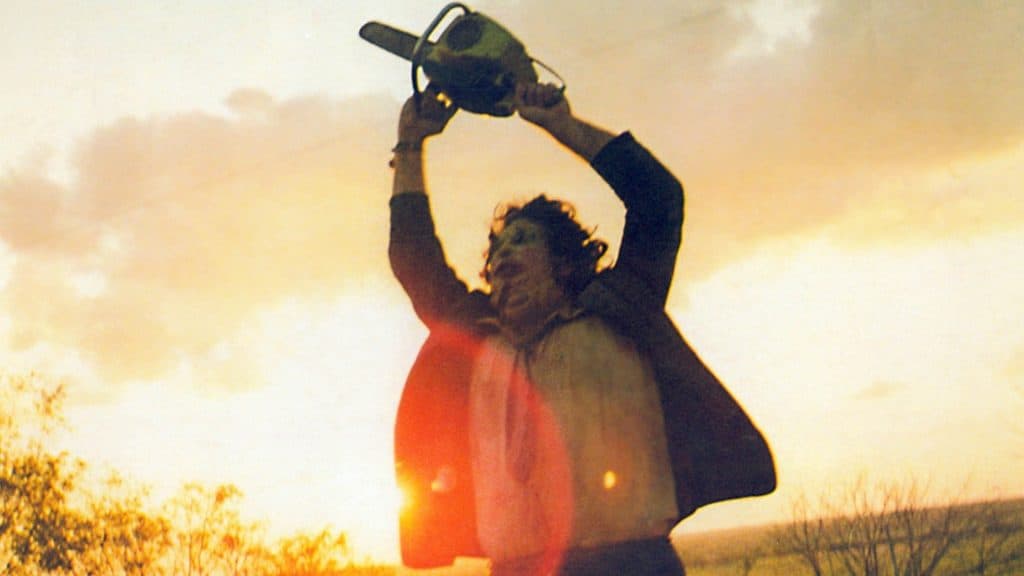 Bryanston Distributing Company
Bryanston Distributing CompanyTobe Hooper’s 1974 The Texas Chain Saw Massacre introduced one of horror’s most notorious killers, Leatherface, who decided knives were outdated and instead wielded a power tool — a chainsaw, of course — to commit murder.
The movie, featuring a family of crazed cannibals, built the framework for slasher films. It can also be credited for the trope in which a group of unsuspecting teens are brutally cut down one by one.
Hooper’s violent realism stuck with audiences, especially due to his use of the classic “based on a true story” opening, which many horror movies still use to this day (The Conjuring franchise is a notable example of this).
Jaws
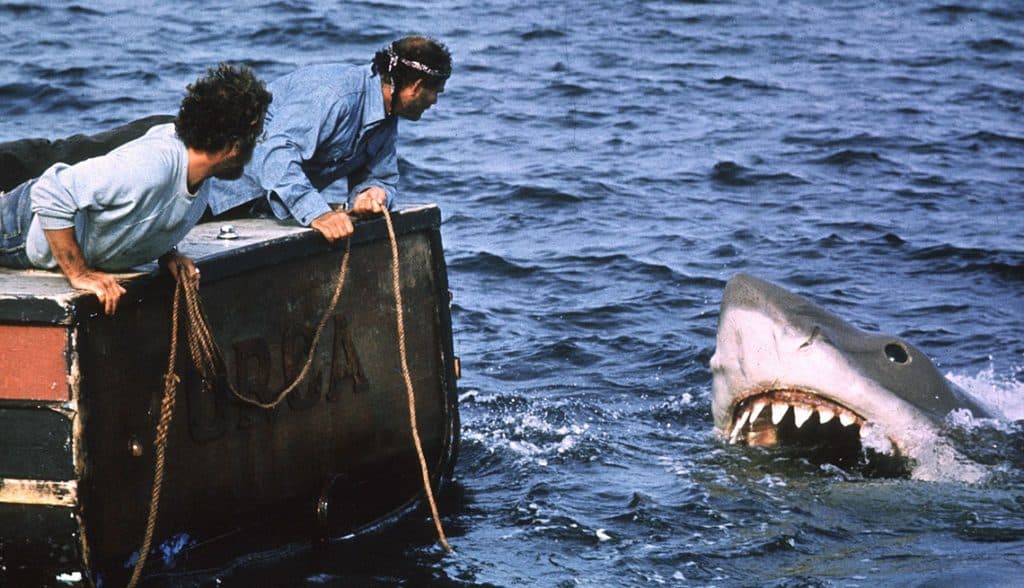 Universal Pictures
Universal PicturesThere can be no list of influential horror movies without including Steven Spielberg’s 1975 Jaws, the film that saw an entire generation scared to swim in the ocean.
The tension and anticipation as viewers awaited the shark’s next move resulted in a movie that sparked paranoia. With the shark rarely shown on screen, much of the film’s horror comes from the audience’s own imagination, and its influence shows in the public’s opinion on sharks still today.
Jaws’ accompanying ominous theme is iconic, and the movie is even considered a national treasure, selected by the Library of Congress for preservation in the US National Film Registry.
Halloween
 Compass International Pictures
Compass International PicturesJohn Carpenter’s 1978 Halloween gave rise to horror’s most famous final girl, Laurie Strode. If The Texas Chain Saw Massacre built the slasher framework, it was Halloween that cemented its tropes and ensured a new subgenre that would inspire many horror films to come.
Halloween’s slow-stalking, faceless, and unrelenting killer terrified audiences with his masked appearance and apparent lack of motive. The movie also introduced the well-known horror movie trope in which sex ultimately equals a bloody demise.
Halloween also brought horror to the audience’s backyard, with the murders taking place in suburbia. Suddenly, the terror of Halloween was too close to comfort, paired with a terrifying soundtrack that has viewers double-checking the locks on their doors.
Scream
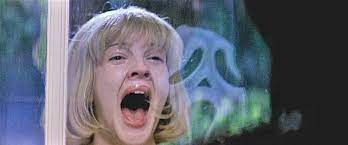 Dimension Films
Dimension FilmsAnother slasher that this list would not be complete without is Wes Craven’s 1996 Scream. In a time when horror was not taken too seriously, Scream rejuvenated the genre with a fresh take that has left it perhaps the most influential horror movie of all time.
Self-aware and packed full of snappy 90’s pop culture dialogue, Scream perfectly mixed humor with horror. A satirical slasher that featured plenty of thrilling chase scenes, Scream introduced a cast that represented its audience.
The loveable characters knew of the dangers that they were stepping into and the mistakes to avoid and yet still fell victim to the iconic Ghostface. As a result, Scream has become a cult classic and its notoriety cannot be topped.
The Blair Witch Project
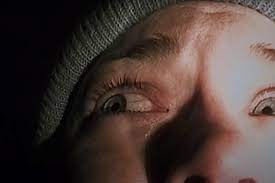 Summit Entertainment
Summit EntertainmentEduardo Sánchez and Daniel Myrick’s 1999 The Blair Witch Project influenced the horror genre in two notable ways. While it wasn’t the first use of “found footage” in horror, The Blair Witch Project was a breakthrough success that inspired many more of the subgenre (notably, The Paranormal Activity franchise).
This is largely due to its unique marketing strategy, being the first horror to utilize the internet to terrify audiences ahead of the film’s release. A fake website, police reports, and even a fictional documentary about three missing teenagers were shared ahead of the movie.
This left moviegoers believing they were actually watching the terrifying found footage of the character’s last days in The Blair Watch Project, something audiences had not encountered before.
The Exorcist
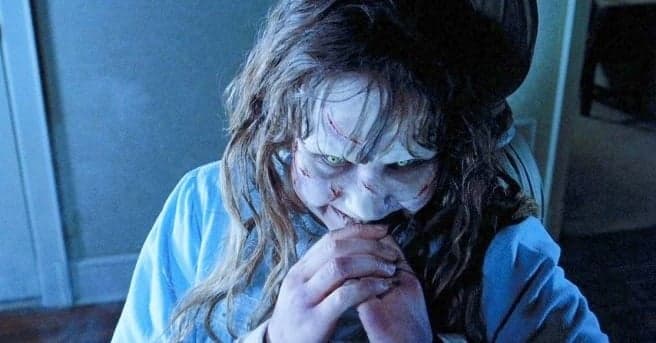 Warner Bros. Pictures
Warner Bros. PicturesWilliam Friedkin’s 1973 The Exorcist came after the Hollywood production code was lifted surrounding the depiction of religion. Using innovative special effects and make-up, Friedkin terrified audiences with child possession and satanic rituals, resulting in what was dubbed “the scariest movie ever made.”
It became the highest-grossing R-rated horror movie ever made (until 2017’s It), and Linda Blair’s portrayal of the possessed 13-year-old Regan was so disturbing and realistic that some viewers sent the young actress death threats.
Many feared the movie was “glorifying Satan,” and it reportedly caused several viewers to suffer from vomiting, fainting, and even heart attacks.
The Shining
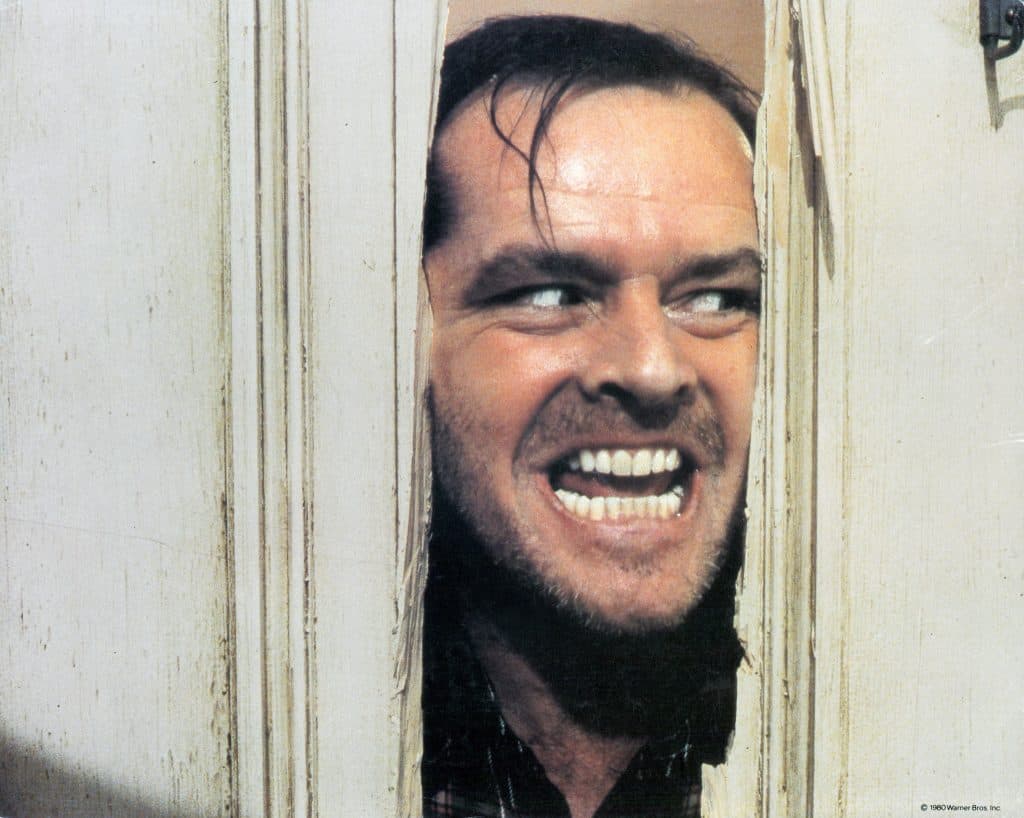 Warner Bros.
Warner Bros.While Stephen King might not approve of Stanley Kubrick’s 1980 adaption of his novel, The Shining is an atmospheric masterpiece detailing one man’s descent into madness.
Unlike many horror movies, The Shining doesn’t rely on jump-scares to tell its disturbing story. Instead, it plays on themes of isolation, with even the set design inducing feelings of unease and discomfort.
The paranormal presence in the film doesn’t terrify as much as its protagonist, whose deteriorating sanity is celebrated by the Overlook Hotel.
Saw
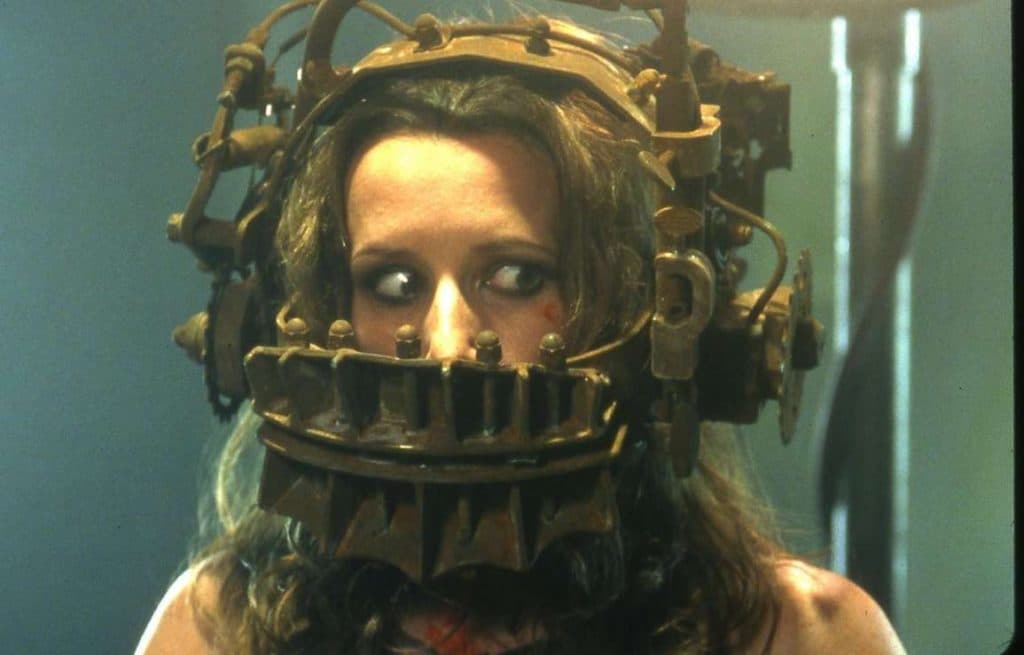 Lions Gate Films
Lions Gate FilmsAfter a wave of more light-hearted slashers in the 90s, James Wan’s 2004 Saw introduced gratuitous on-screen violence and torture that previous horrors had shied away from.
Saw took horror more seriously than its predecessors; it was gritty and nihilistic, with brutal violence to match. Its gruesome content ultimately brought “torture porn” to the mainstream.
The elaborate traps and horrific deaths that Saw introduced encouraged future horror movies to indulge in graphic violence and paved the way for a series of controversial films (looking at you, Terrifier).
Alien
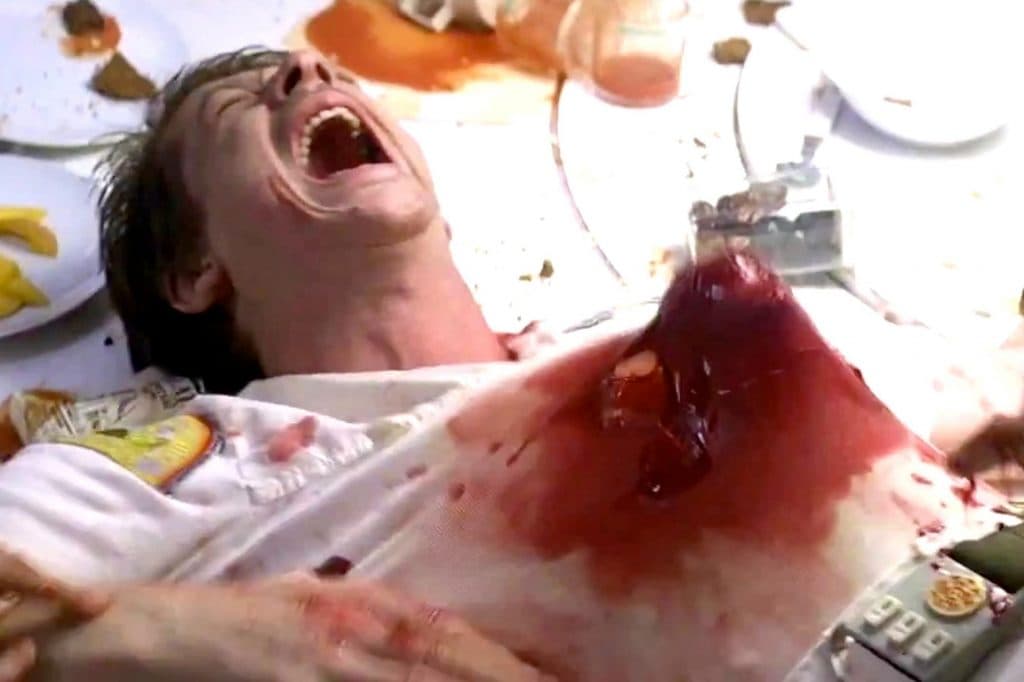 20th Century-Fox
20th Century-FoxWith slashers all the rage, Ridley Scott’s 1979 Alien took the horror genre to space, mixing sci-fi with the classic stalk-and-kill trope. With a likable heroine for audiences to root for and a terrifying alien design not seen before, the movie introduced fans to a new subgenre of horror.
While not the first horror to include elements of science fiction, Alien’s isolated setting made for a terrifying watch for audiences, packed full of jump scares and high tension that encouraged imaginations to run wild.
Not to mention the alien’s first kill is one that is hard to forget long after the credits start rolling (poor Kane).
